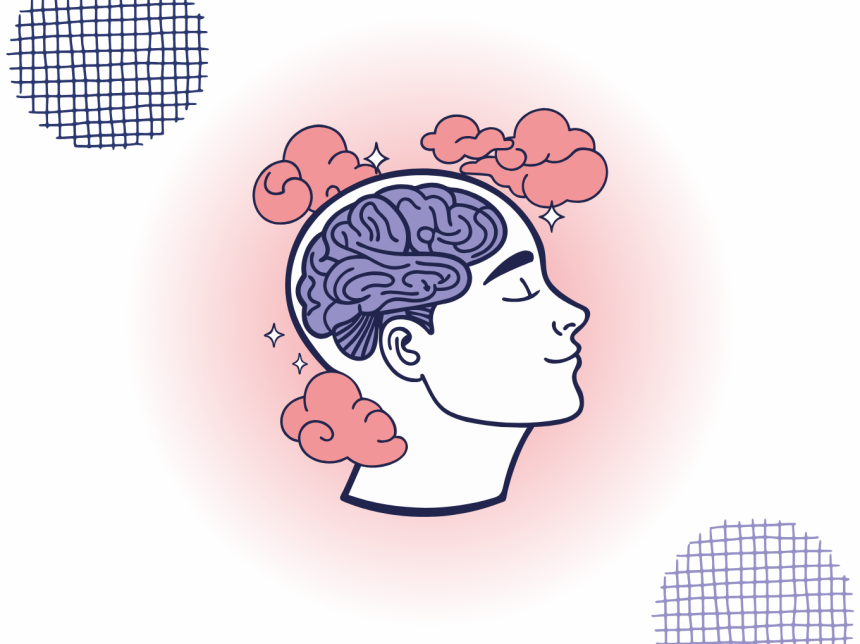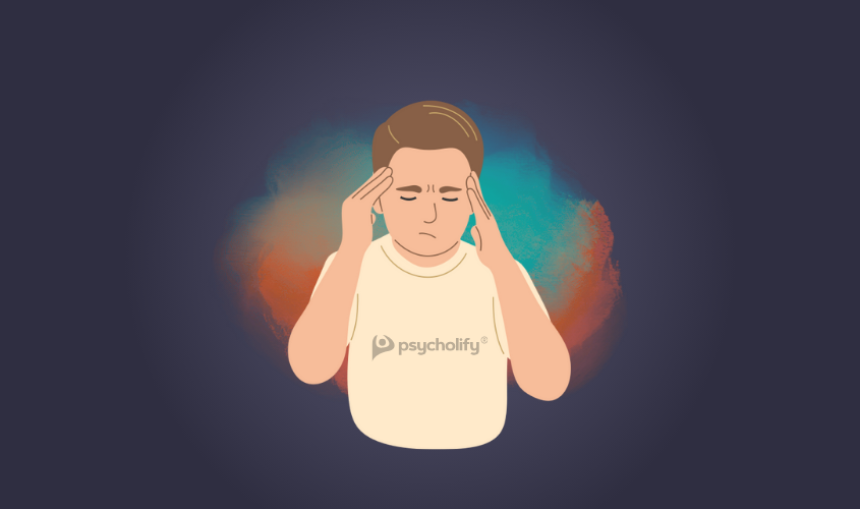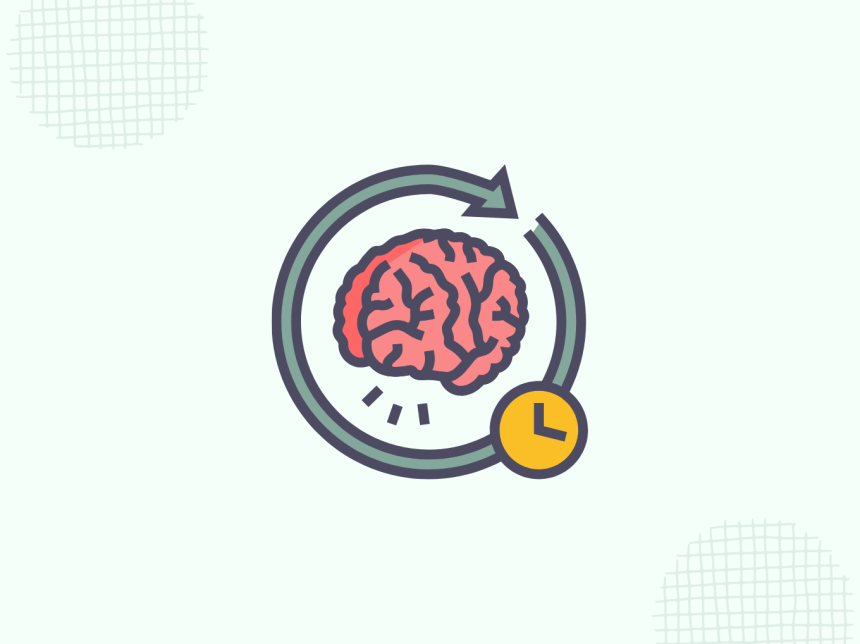
The Psychology of Language and Communication: How Words Shape the Mind
Explore the psychology of language and communication. Learn how speech, body language, and cognitive processes shape human thought and relationships.
The Power of Words
Language is one of the most powerful tools of the human mind. Through words, gestures, and expressions, we share ideas, express emotions, and build connections. Communication is not only about transmitting information—it shapes the way we think, perceive reality, and relate to others.
The psychology of language and communication studies how humans acquire, process, and use language in social and cognitive contexts. From everyday conversations to political speeches, language influences beliefs, emotions, and behavior.
Historical Foundations of Language Psychology Early Philosophical Views
- Plato and Aristotle debated whether language reflects universal truths or is a human invention.
- In the Enlightenment, philosophers like Locke saw words as symbols of thought.
Structuralism and Linguistics
- Ferdinand de Saussure emphasized the relationship between signs and meanings, shaping modern linguistics.
- Noam Chomsky introduced the idea of a universal grammar, suggesting humans are biologically wired for language.
Psychology Meets Linguistics
Psychologists began to explore how language influences memory, perception, and decision-making, giving rise to the field of psycholinguistics.
Cognitive Processes in Language
Language is not just speech—it is a complex cognitive process.
Perception and Comprehension
- The brain quickly decodes sounds or visual symbols into meaning.
- Context and prior knowledge guide interpretation.
Memory and Retrieval
- Words act as triggers in memory recall.
- Language shapes how experiences are stored and retrieved.
Thought and Language
The Sapir-Whorf Hypothesis suggests that the structure of language influences thought. For example, cultures with more words for colors perceive them more distinctly.
Verbal and Nonverbal Communication
Communication is more than spoken words.
Verbal Communication
- Speech, writing, and sign language are structured systems of symbols.
- Vocabulary choice, tone, and grammar all affect meaning.
Nonverbal Communication
- Body language: gestures, posture, and movement.
- Facial expressions: universal cues for emotions like joy, anger, or sadness.
- Paralanguage: tone, pitch, and rhythm of speech.
Research shows that over 60% of communication is nonverbal, influencing impressions and relationships.
Social Dimensions of Language: Language and Identity
Language expresses cultural heritage, social class, and group belonging. Dialects, accents, and slang shape how we connect and identify.
Persuasion and Influence
- Political speeches and advertisements use language strategically.
- Rhetorical devices like repetition, framing, and metaphor guide perception.
Conflict and Miscommunication
Misunderstandings often arise from cultural differences, tone misinterpretation, or lack of clarity. Psychological studies show that clear, empathetic communication reduces conflict.
The Development of Language Childhood Acquisition
- Babies begin with babbling, then form words around their first year.
- Vocabulary grows rapidly, influenced by interaction with caregivers.
Critical Period Hypothesis
Chomsky and others suggest that language acquisition is easiest during early childhood. Delayed exposure may limit full fluency.
Bilingualism and Multilingualism
Learning multiple languages enhances cognitive flexibility, problem-solving, and cultural empathy.
Language, Emotion, and Mental Health
Language is deeply tied to emotional expression and psychological well-being.
- Talking about emotions helps regulate stress and build resilience.
- Therapy relies heavily on verbal communication to uncover unconscious thoughts.
- Positive language fosters optimism, while negative self-talk increases anxiety and depression.
Communication in the Digital Age Social Media and Online Language
- Emojis, memes, and abbreviations create new forms of expression.
- Online communication often lacks tone and nonverbal cues, leading to misinterpretations.
Artificial Intelligence and Language
Voice assistants and chatbots reflect how humans communicate with technology. Research explores whether people treat machines like social partners.
Challenges of Digital Communication
While digital tools expand reach, they also contribute to superficial connections, miscommunication, and reduced attention spans.
Practical Applications Education
- Teachers use language strategically to motivate and explain.
- Bilingual education supports both cognitive and social growth.
Business and Leadership
- Clear communication fosters trust and teamwork.
- Persuasive speech enhances negotiation and leadership.
Therapy
- Cognitive Behavioral Therapy (CBT) emphasizes how language and thought patterns affect behavior.
- Mindfulness-based practices encourage awareness of inner dialogue.
Challenges in Studying Language Psychology
- Ambiguity of Meaning: Words often carry multiple interpretations.
- Cultural Bias: Research may overlook diverse communication styles.
- Technological Change: Language is evolving faster than research can track.
Despite these challenges, understanding language psychology is key to improving human connection.
The Future of Language and Communication Psychology
Emerging areas of research include:
- Neuro-linguistics: Mapping how the brain processes complex speech.
- Cross-cultural communication: Understanding global diversity in expression.
- AI-driven communication: Exploring emotional intelligence in machines.
- Virtual reality: Studying how language works in immersive digital spaces.
Conclusion: Language as the Mirror of the Mind
Language is more than words—it is the bridge between thought and society. The psychology of language and communication shows us how deeply words influence emotions, decisions, and identity.
From childhood language acquisition to digital communication, every interaction demonstrates the power of language to shape reality. By understanding these processes, we can communicate more effectively, resolve conflicts, and strengthen relationships—one word at a time.




